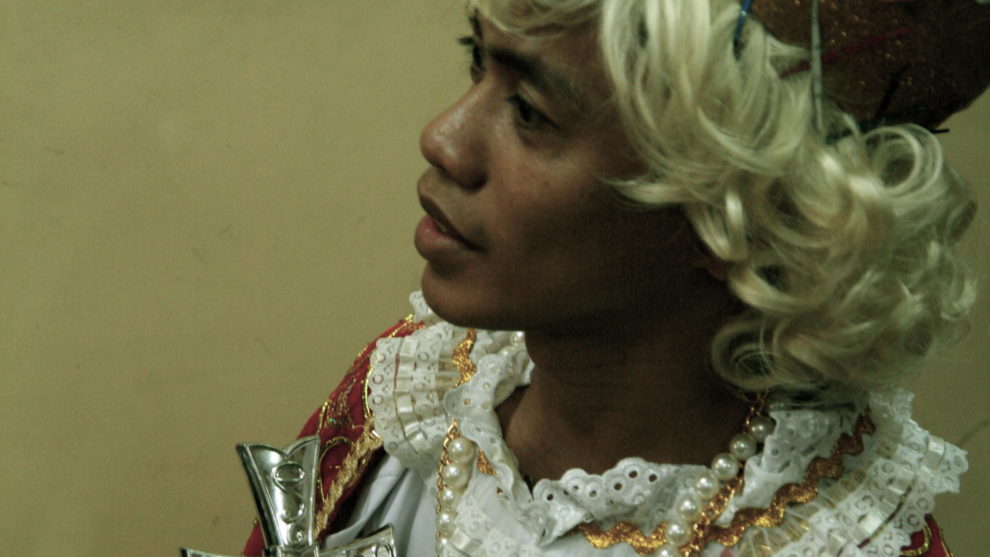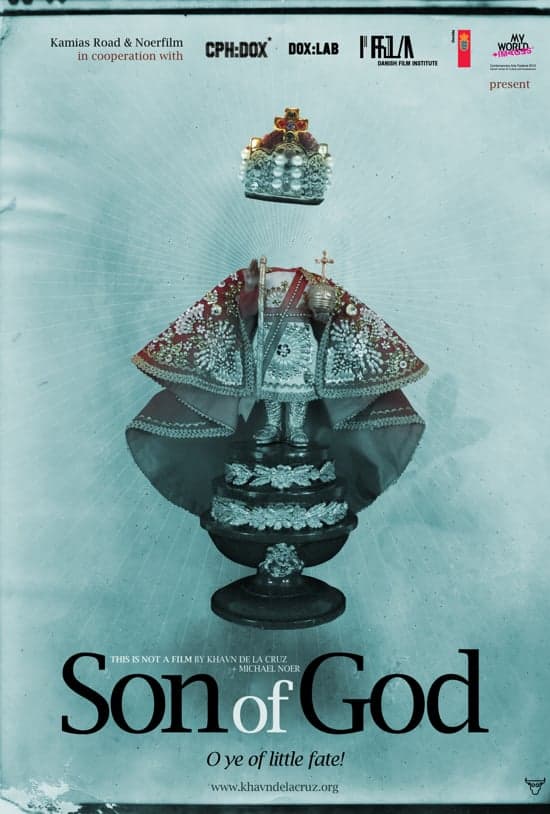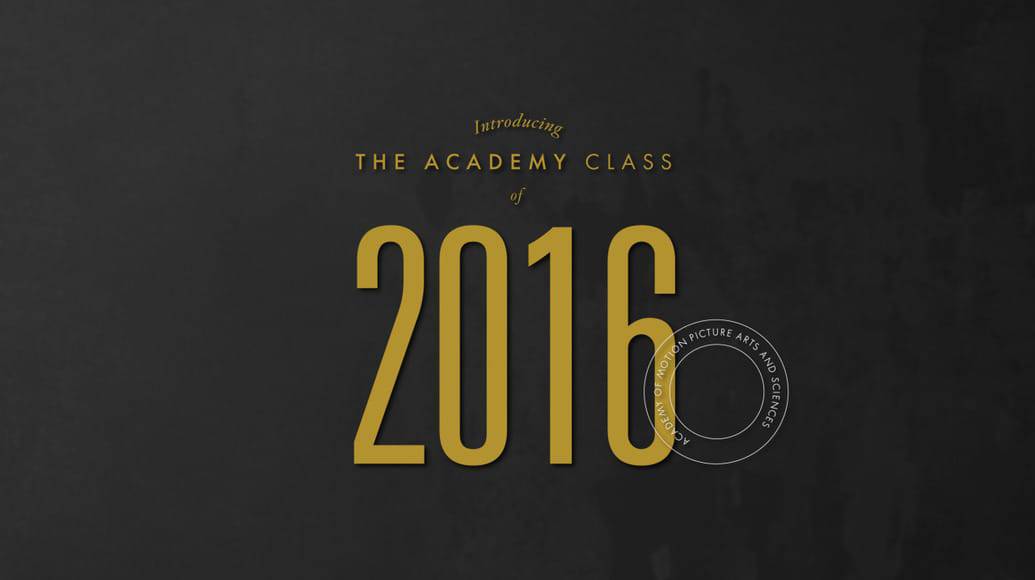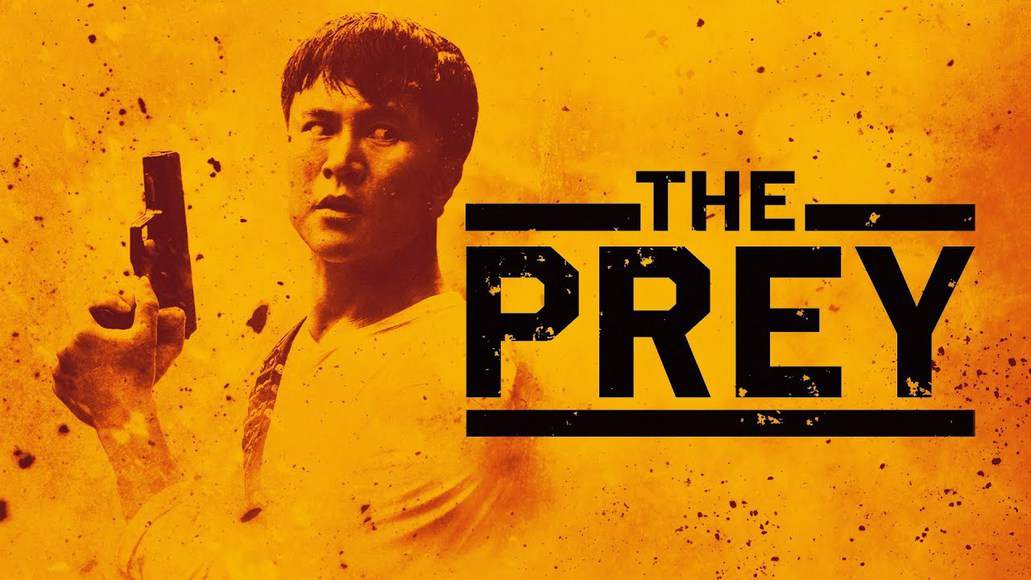Part of the Dox:Lab workshop, an international cooperation in which filmmakers from Scandinavian countries (in this case, Danish Michael Noer) were linked to filmmakers from developing countries (in this case, Filipino Khavn), in order to present creative documentaries. And creative “Son of God” certainly is.
Watch This Title
The documentary begins in Manila during the “Black Nazarene” where scores of Roman Catholics gather around a centuries-old black wooden statue of Jesus Christ believed to have healing powers. Among the people there, a number of Messiahs (?) are present, but no one seems to be more popular than Son of God, a dwarf in a blond wig, who is dressed as a bishop and actually worshipped as a true miracle maker. The two directors follow the Son of God, in an effort to find out if his claims and the beliefs of his followers are true or figments of Christian fantasy. Soon, however, their research leads them to paths that are uncanny, as much as dangerous.
The two directors, with the help of Kristine Kintana who acts as a translator, guide, and God (and not his son) knows what else, initially enter his house, which has been transformed into a kind of a church, where a number of people come to receive his blessing and worship him, including a foreigner who has come to be cured from cancer. The latter's interaction is probably the most intense in the film, as it also includes guts hanging from his stomach (maybe, could be leeches also). As the camera follows the Son in his taking care of his appearance and talking about his powers, the sudden appearance of a mother who accuses him of killing her son (even carrying his heart in a jar) and even attacks him, sends the Son of God into a fit of paroxysm that leads him to doubt his own self. His answer to his doubt is a trip to the Holy Mountain of Banahaw, where he is to convene with a number of holy men, in order to regain his faith and to continue receiving Divine Grace.
While there, the Son of God undergoes a baptism in the holy water of the area and passes through a cave, with Noer following him. Unfortunately for the latter, his passage ends up with him intensely sick, cursing the crew for eating all the bananas and an intense need to go to the hospital immediately. Just when he feels his time is up, the Son of God reappears.
Khavn and Michael Noer blur the lines of the documentary with the mockumentary, ending up with a film that definitely does not give a definite answer of whether the Son of God is the real thing or just another trickster. The result however, and particularly the moments when he and Noer really lose it (“he” the Son, not Khavn) are truly entertaining, even if it is not clear whether what is happening is true or not. Particularly the latter's reaction, of cursing Kintana, before succumbing to a delirium and eventually chasing the “protagonist” all over the place yelling his name repeatedly, will make anyone laugh, since Scandinavians and the tropical setting of the Philippines do not seem to suit each other very well.
At the same time, and despite the overall hilarity that permeates the narrative, the philosophical questions and a number of comments mostly revolving around religion are also quite evident. The ridiculousness of the whole concept of worshipping people is a central one, as much as the concept of faith, which derives from both the “faithful” and the “messiahs”. The extremes that religion can lead people to, particularly the ones who, due to despair, abandon logic, is also highlighted in the documentary. The overall approach leaves some leeway for doubt, with the two directors actually playing with this uncertainty in order to confuse but also to draw the viewer to the film and to make him think even more.
The camera work of Jet Leyco, Michael Noer, Lawrence S. Ang, Khavn de and Razsil Zuasola captures all the aforementioned in a style that lingers between the documentary and the home video, in an approach that actually adds to the overall aesthetics of confusion of the film. Ang's editing also helps the most in that regard, with the relatively fast pace working quite well for the context, while at 70 minutes, and with everything that is happening on screen, the documentary definitely does not overstay its welcome.
Khavn's cinema was always the cinema of the misfits, and this approach seems to find one of its apogees in “Son of God” along with the omnipresent playfulness of the Filipino director, which has even sucked in Noer in this case.
















